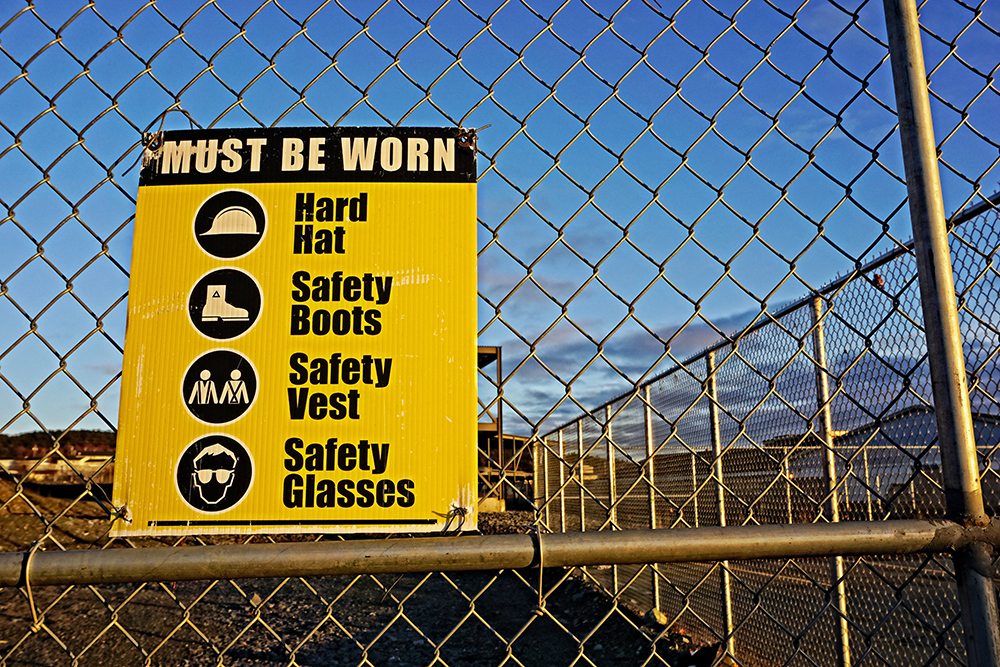
Best practices for contractor safety
December 3, 2020
By
Peter Phillips
Take time to develop policies, procedures and guidelines

One lost-time injury or fatality can ruin reputations and finances of both the hiring company and contractor, writes Peter Phillips. (4 Girls 1 Boy/Adobe Stock)
Sometimes overlooked is the safety of contractors while at work.
Industries place important attention to the safety of its employees; however, just as important are people working at the facility who are contractors. They may be working on a project or supporting the maintenance department on scheduled activities.
A number of employees — including contractors — are killed at work every year in Canada.
Regulatory and company internal safety programs provide important protections for everyone in the workplace.
Focus on contractor safety
Whether a company is private or publicly owned, contractors play an important role maintaining the equipment and facility.
Every company has a contractor on site on a daily basis, and it is our duty to keep them out of harm’s way.
In order to keep contractors safe, companies have implemented steps that must be followed, whether the contractor is on site for a few hours or many weeks.
Below are some of the best practices companies are following to ensure the safety of contractors while at a facility.
Safety training, orientation
Let’s start with the contractor before they even set foot on the property — assuming the contractor has the necessary liability insurance, safety policies, and other regulatory requirements.
When contractors are hired, how can we ensure they work safely, and are safe while at the facility?
First, safety training of the person coming on-site needs to be validated. It’s important that they have safety training and their certification is up-to-date.
Software is available where the contract employee can go online and document their safety certifications, and take the necessary courses needed by the facility before they arrive to work.
The software is administrated by the hosting facility and they can review the contract employee’s training and validate that they have the proper credentials before the show up for work.
Courses including plant safety orientation and other specific company training can be taken prior to their first day of work.
Doing these courses ahead of time saves valuable time. People can start work shortly after they arrive, instead of spending company time going through safety orientation and completing other necessary documents.
The facility uses work order planning and scheduling processes to assign work to the contractor and the process needs to include the following elements:
- What site work permits does the contractor need?
- What specific safety instructions and procedures do they need?
- Who is locking out the equipment?
- Who is supervising the contractor while they are on site?
It is extremely important that adequate supervision is given to the contract employee.
When they are on site, the company is responsible for their safety and well-being. Just like permanent employees, contractors need to be supervised to ensure they are following company rules and procedures.
Communication important
It is also important that company employees are aware of contractors on site where they are working, and the nature of work they are performing.
A best practice is to have a contractor work location board. This is a simple drawing of the facility with magnetic markers that show the contractor’s work location.
Communicating with all employees and contractors is important. Sometimes, work overlaps between company and contractor employees and it’s important everyone knows what’s going on.
At the end of the job, it is also imperative the job is inspected to ensure all the safeties are back in place, and equipment is commissioned and working properly before it goes back into service.
Many companies use checklists that are reviewed by company officials and the contractor to make sure the work has been completed and it is safe to release the equipment into operation.
It may sound like a lot of work; however, one lost-time injury or fatality can ruin reputations and finances of both the hiring company and contractor. No one wants to be included in Canada’s safety statistics.
Take the time to develop policies, procedures, and safety guidelines, and follow them every single time a contractor is at the facility — no matter how big or small the job might be.
Peter Phillips is the owner of Trailwalk Holdings Ltd., a Nova Scotia-based maintenance consulting and training company.